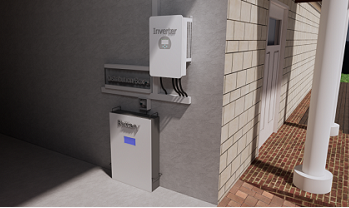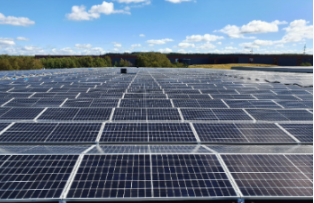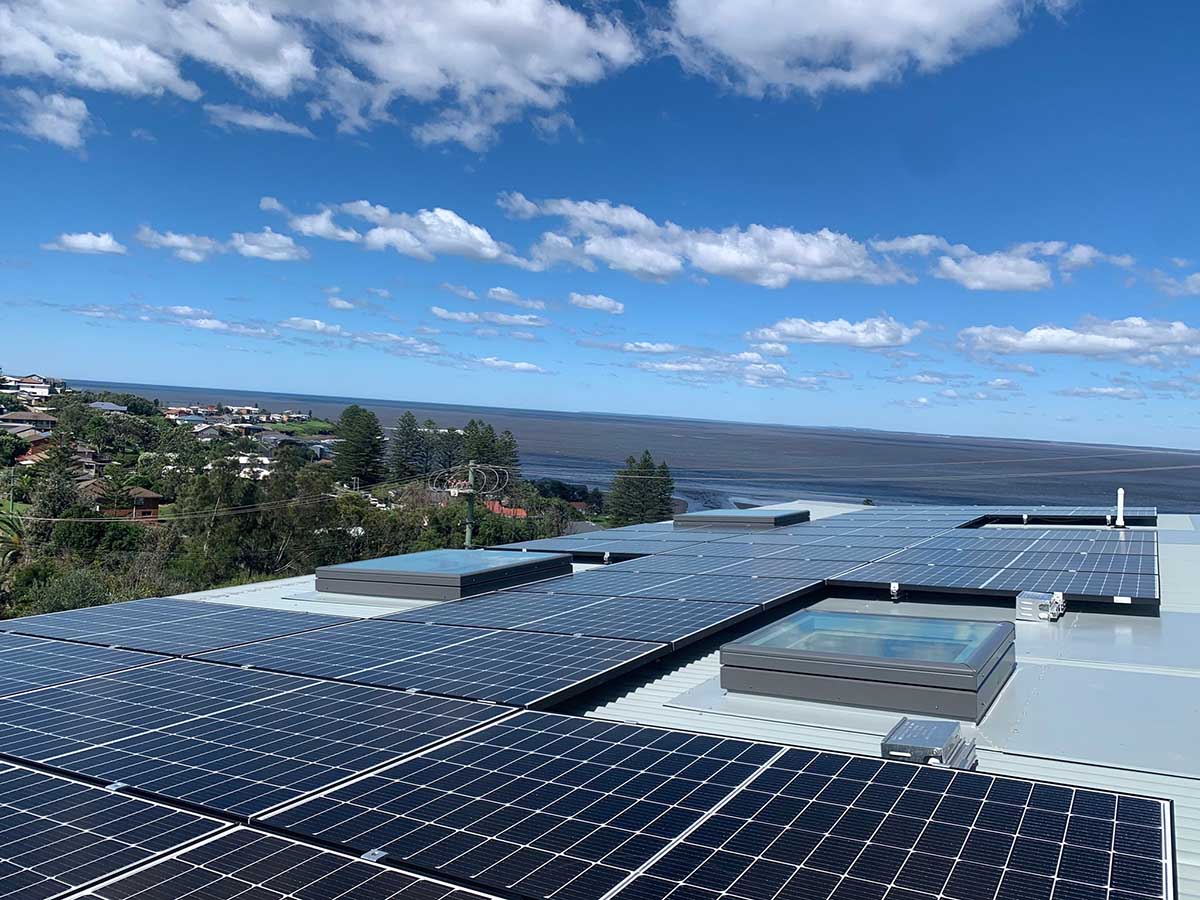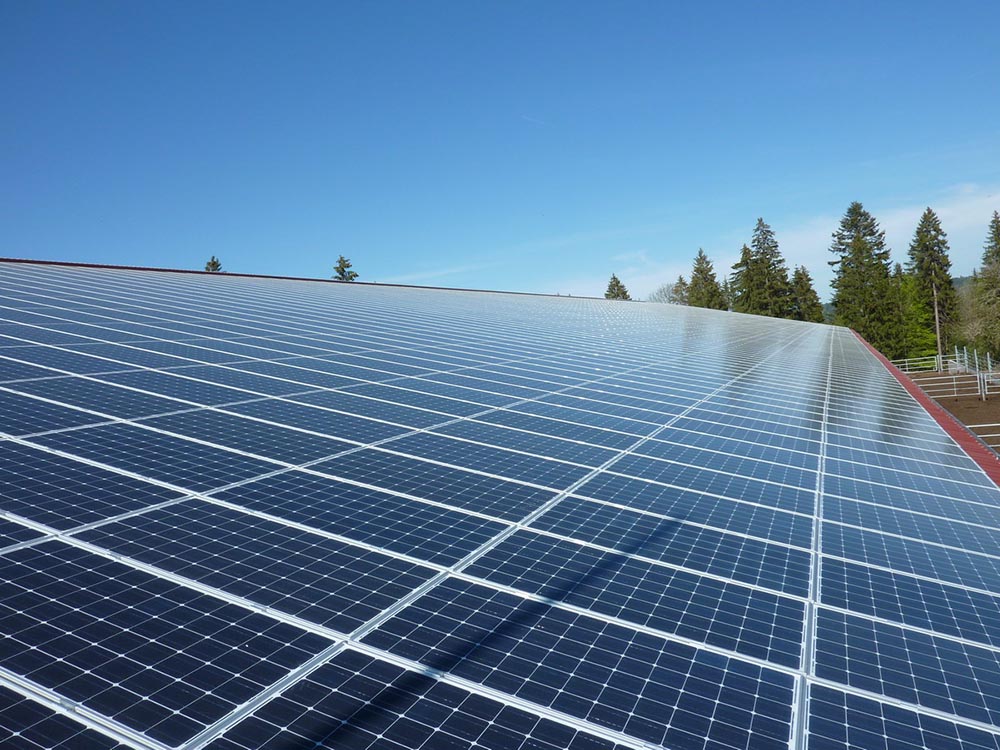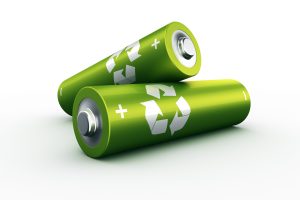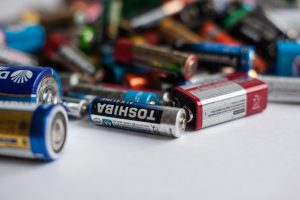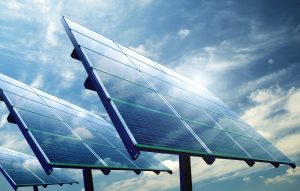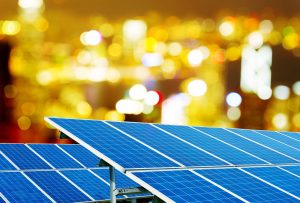2021.Aug
19
China's lithium battery exports increased by 83.31% in the first half of the year
According to the statistical analysis of customs export data, China's lithium-ion battery exports from January to June 2021 reached 11.469 billion US dollars, an increase of 83.31% year-on-year; the number of exports reached 1.392 billion, an increase of 66.49% year-on-year. Among them, the top ten export destinations are the United States, Germany, Vietnam, South Korea, Hong Kong, Japan, the Netherlands, Spain, India, and Slovakia. The total export value is 8.703 billion US dollars, accounting for 75.88% of the total export value from January to June 2021. . At the end of last month, the Department of Electronic Information of the Ministry of Industry and Information Technology announced that according to industry associations and research institutions, the national output of lithium-ion batteries in the first half of the year exceeded 110GWh, an increase of more than 60% year-on-year. The output of upstream cathode materials, anode materials, separators, and electrolytes were respectively For 450,000 tons, 350,000 tons, 3.4 billion square meters, and 130,000 tons, the growth rates were all over 130%. The total output value of the industry exceeded 240 billion yuan in the first half of the year. Product exports have increased significantly. According to customs data, the total export volume of lithium-ion batteries in the first half of the year was 74.3 billion yuan, a year-on-year increase of nearly 70%. In terms of new energy vehicles, according to the information released by the Transportation Administration of the Ministry of Public Security, as of the end of June, the number of new energy vehicles in the country reached 6.03 million, accounting for 2.06% of the total number of vehicles. According to data released by the China Automobile Association, the production and sales of new energy vehicles in my country in the first half of the year were 1.215 million and 1.206 million, both increased by two times compared with the same period last year. From January to July, the cumulative production and sales of new energy vehicles in my country has exceeded the domestic annual total. The penetration rate also continues to increase to 10%. In addition, according to previous incomplete statistics from Battery.com, in the first half of this year, battery new energy industry chain companies are also accelerating in terms of investment and expansion, commencement of production, mergers and acquisitions, company orders, and sprint IPOs: In terms of investment and production expansion, in the first half of the year, the number of investment projects in the battery new energy industry chain reached as many as 123 without statistics on IPO funds and investment projects such as new energy vehicles, new energy vehicle parts, and charging and replacement infrastructure. , The total investment is as high as 573.45 billion yuan, and the number of investment expansion projects and the scale of investment have significantly exceeded the entire year of last year. ...
Read More
